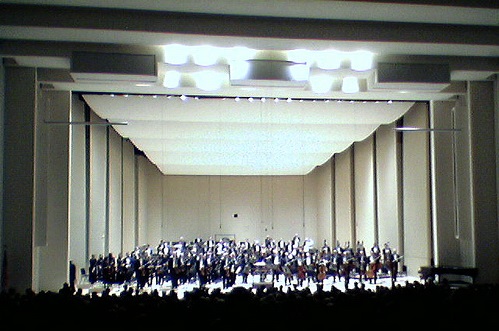
September 29, 2014; Atlanta Journal-Constitution
If you are an orchestra CEO who plans to lock the musicians out, maybe you should start sending out resumes. For that matter, maybe it’s time to write a playbook for the course of musician lockouts.
Sign up for our free newsletters
Subscribe to NPQ's newsletters to have our top stories delivered directly to your inbox.
By signing up, you agree to our privacy policy and terms of use, and to receive messages from NPQ and our partners.
I mentioned last week that the lockout of the Atlantic Symphony’s musicians, now in its fourth week, bore some similarities to the Minnesota Orchestra’s 16-month lockout, in that in Atlanta as in Minnesota, the music director was moved to break from tradition and take a side. In Minnesota, the very popular Osmo Vänskä declared that he would not return unless the CEO agreed to resign, which he eventually did. Now, after the ASO’s Robert Spano sided publicly with the musicians on the size of the orchestra, the Atlanta Symphony Orchestra has announced that its president and CEO Stanley Romanstein has resigned, with a statement acknowledging that his presence would be an impediment to productive talks with the union. The musicians said in a statement that they hoped the resignation would be a factor that would help in resolving the dispute.
Terry Neal, a retired Coca-Cola Company executive, will take on the presidency on an interim basis. He will manage the day-to-day operations until a permanent replacement can be found, with Romanstein “available to the organization through the end of October ‘to assure a smooth transition,’” according to the ASO statement.
Things have hardly been smooth for leadership of the ASO and its nonprofit parent group, the Woodruff Arts Center, since the lockout went into effect on September 6th. Pay and benefits are significant issues once again, but an even bigger one this time is the size of the orchestra. Seeking a sustainable operating model for an organization that has ended 12 consecutive years with deficits, Romanstein was pushing a proposal in which management, in consultation with music director Robert Spano and musician leaders, would gain control over the number of players. The ASO full-time “complement” was already cut after the 2012 lockout from 95 to 88, and Spano has been quoted as saying that any further cuts to the complement would compromise the sound and overwork the musicians, who also took a 14 percent cut during the last lockout.
The ASO also announced on Saturday that the administration and musicians had agreed to use the same federal mediator that was used by the Metropolitan Opera this summer. As readers may remember, that agreement included an unusual clause in the use of an independent financial monitor that will report to both sides.—Ruth McCambridge












